Travel With Annita and Friends

Destination: Food Maps – Where did our foods originate
Where did our favorite foods originate
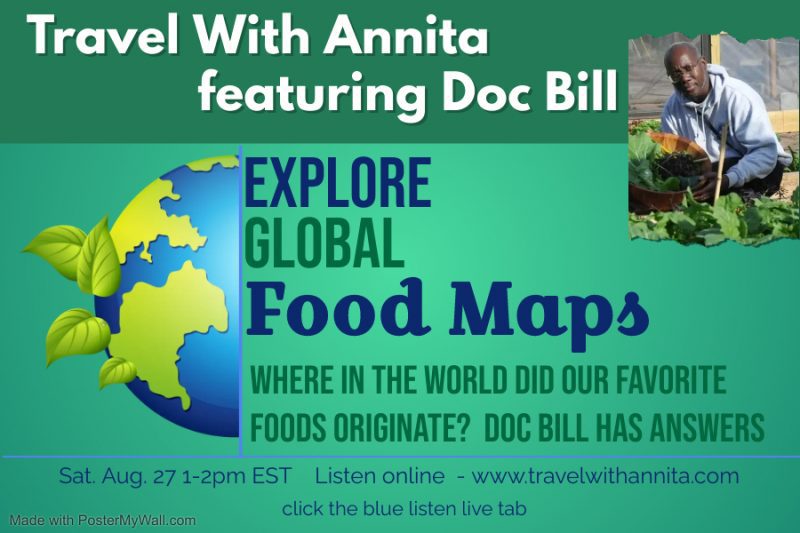
Food Maps – where did our favorite foods originate? Have you asked this question? Food and travel are the perfect pair. When we are off on a getaway we want to try the local dish, the national meals and all the recommended things to eat. It’s top of the list. That’s part of the fun in travel.
But, have you wondered how certain dishes become a national favorite? Did the ingredients originate in that country? Food maps of the world tell the story of how food along with people, migrate around the globe. Where they originated may be far, far away in the line of history and forgot in some cases. However, food does have a trail of it’s own and food loves to travel too.
Doc Bill, an avid farmer, food enthusiast and history lover comes on to share his love of food along with answers to some of Annita’s questions about how we have come to love certain foods in the destinations we visit.
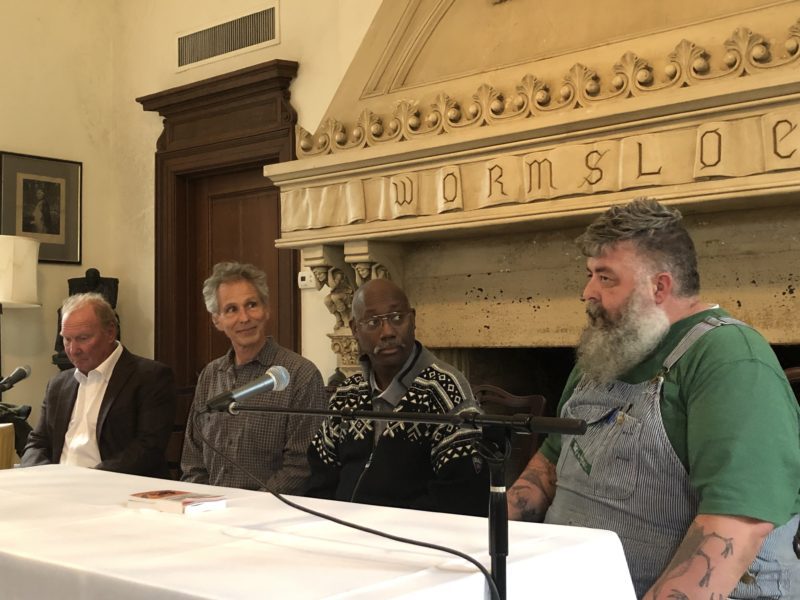
Dr. Bill speaking on a panel with Carolina Gold Rice Foundation.
Doc Bill is the author of two cookbooks and the editor of one featuring the food in Georgia – from the Mountains to the coast.
He authored –
Appalachian Cooking
Gullah – Geechee Cooking – Coastal areas of Georgia
Editor of –
Cherokee Cooking
Send Doc Bill an email if you’re interested in either cookbook. – williamthomas@me.com
Some of the foods and plants from the show:
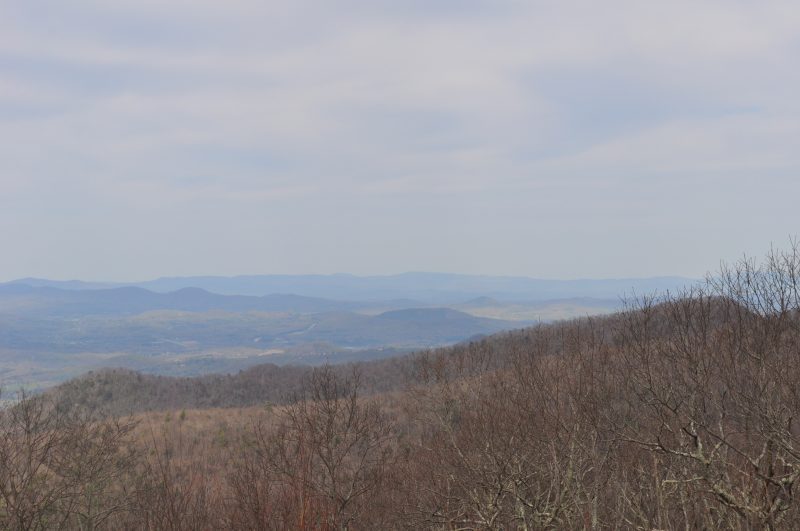
Farmers and hunters, who best know the land, know when it is time for hunting, planting and harvesting. They know the land.

The Geechee Red Peas – grown in West Africa, brought over on the slave ships as food and to be planted. The pea is now considered a delicacy by Chefs featuring authentic, classic Southern food. The Sapelo Island Geechee Red Pea Project was created to commercialize the planting, growing and harvesting of this bold red color pea.
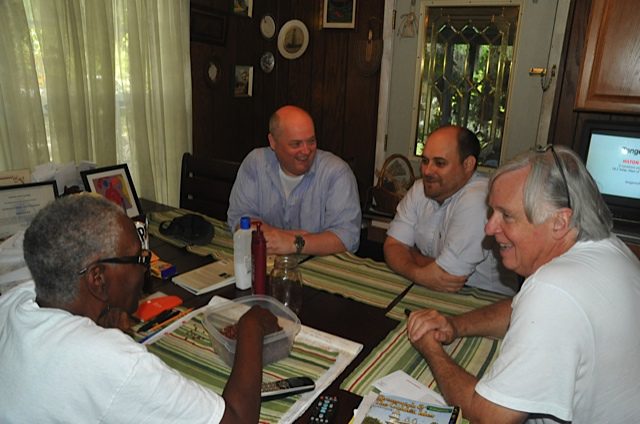
A seat at the table! Island matriarch Cornelia Bailey sits with Chef Linton Hopkins, Chef Jason, and food historian and heritage seed conservationist, Glenn Roberts. This was the early beginnings of the Sapelo Island Geechee Red Pea Project. Doc Bill (not shown) and Chef Linton, started the project to commercialize the planting, growing and harvesting of this bold red color pea. Chef Linton was the first Chef onboard to purchase large amount of the pea for his Atlanta restaurants.
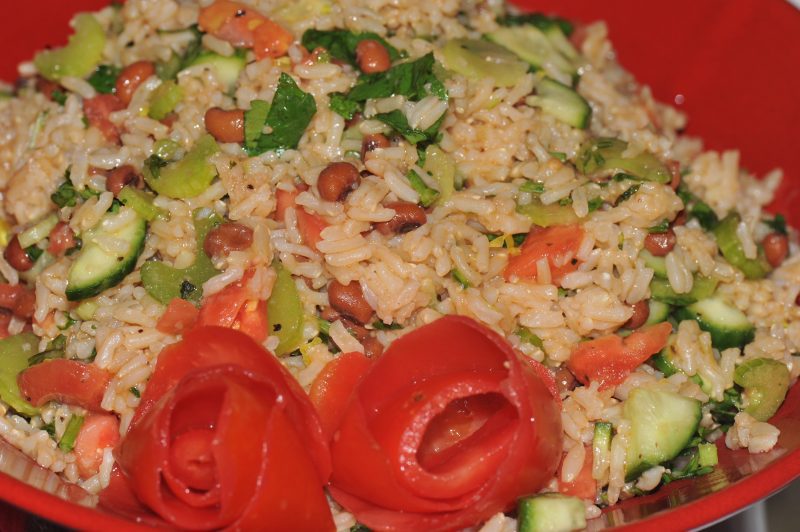
Doc Bill’s recipe for Geechee Red Peas salad with Carolina Gold Rice, cucumbers, onions and tomatoes.
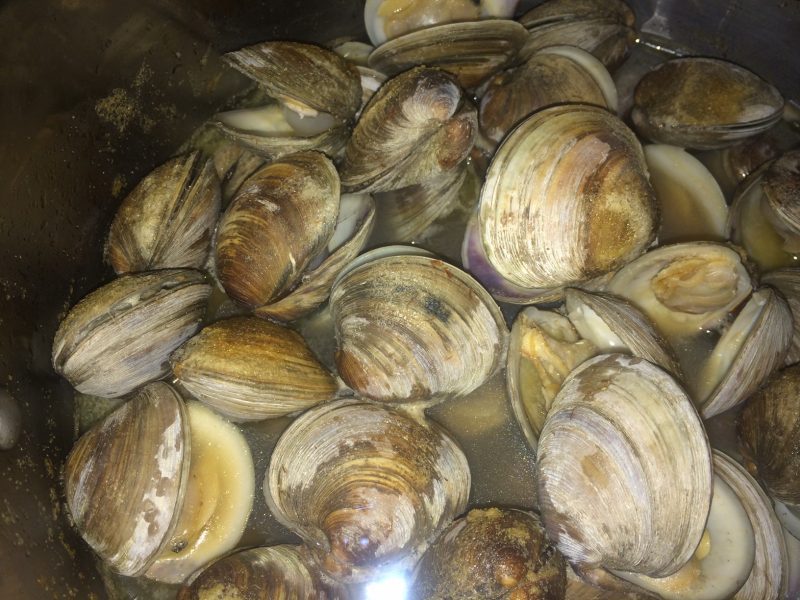
People ate what was available for them to harvest. Those food items became part of the local culture and cuisine. Clams along the coast line from Northeastern U.S. to the Florida coast have enjoyed clams. These clams are from Georgia coast the salty marshes and coastal shores.
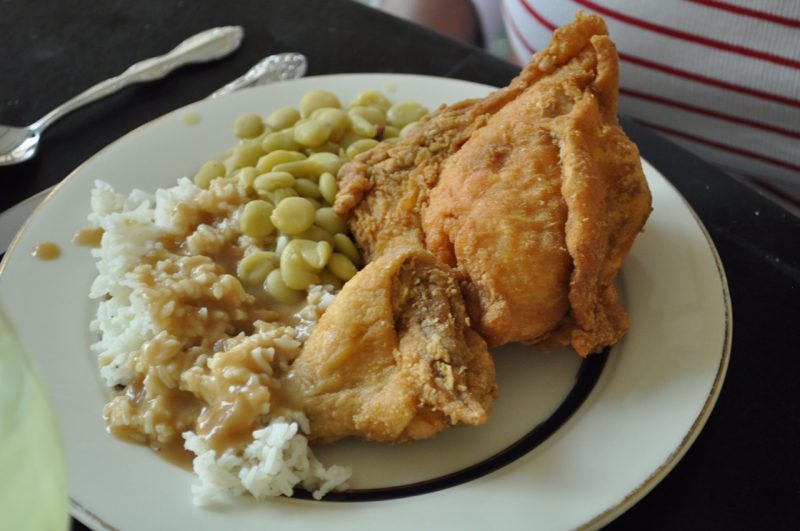
Most people think of Fried Chicken as the quintessential Southern Food. While it is a beloved favorite, there is also a story of how it became a fried food item and chickens are not originally from the South.
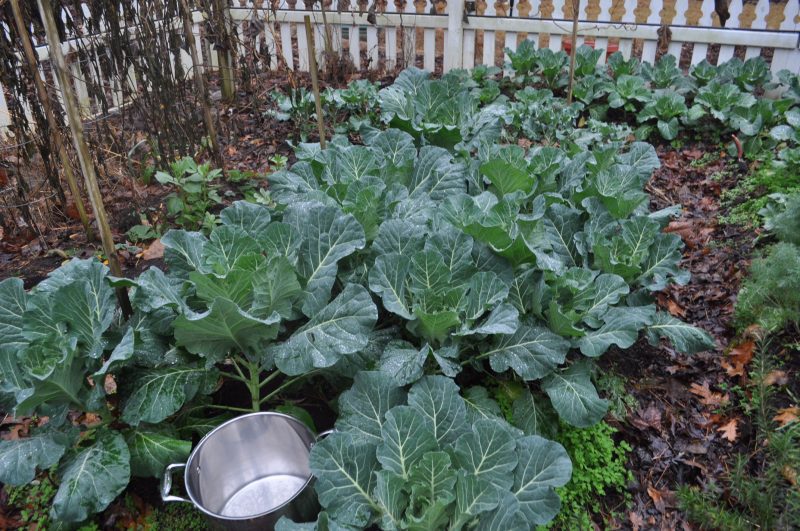
Collard Greens are another food associated with the South and with African American cuisine. Collards are not from the South nor from Africa. Collards are from the cold weather areas of Europe.

The traditional food of many holidays and Sunday dinners – Collard Greens, cut and prepared for cooking in boiling water, usually with a meat seasoning; either Turkey or pork.
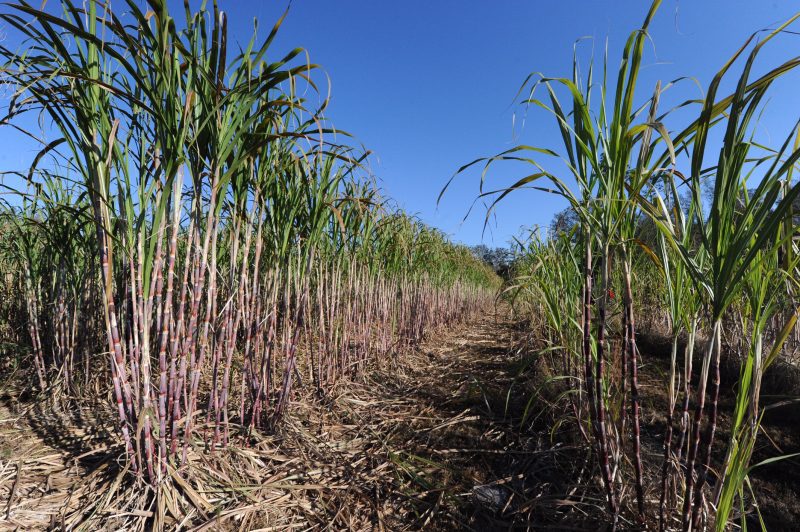
Sugarcane was grown in the southern United States, the Caribbean and South America. The Purple Ribbon Sugar cane shown here was grown in the low country area of Georgia. Today, Georgia Coastal Gourmet Farms worked with Clemson University, food historians and local South Georgia farmers to repopulate the crop and take it to market. Several chefs have featured menu items using the Purple Ribbon Syrup.
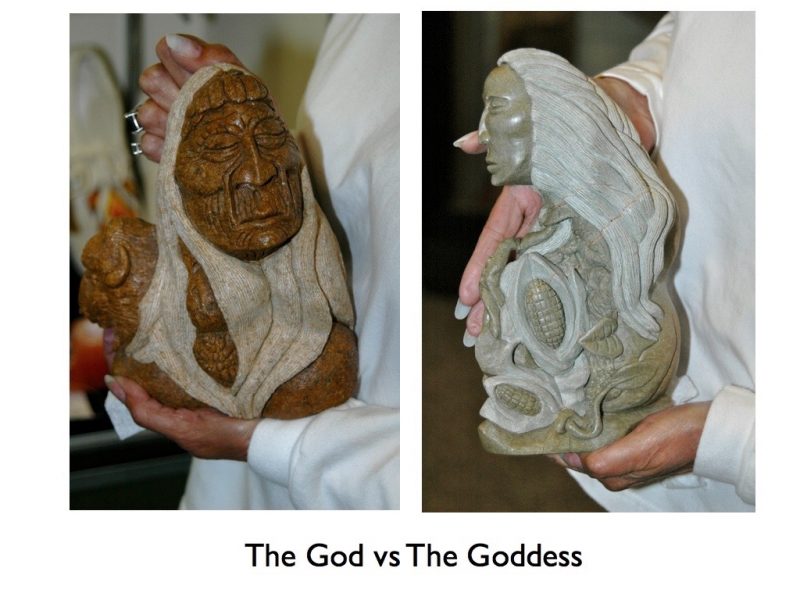
Native American culture is very connected to their foodways. Cherokee culture God and Goddess are represented in this photo. The God honors the hunt and The Goddess represents the agriculture – the corn.
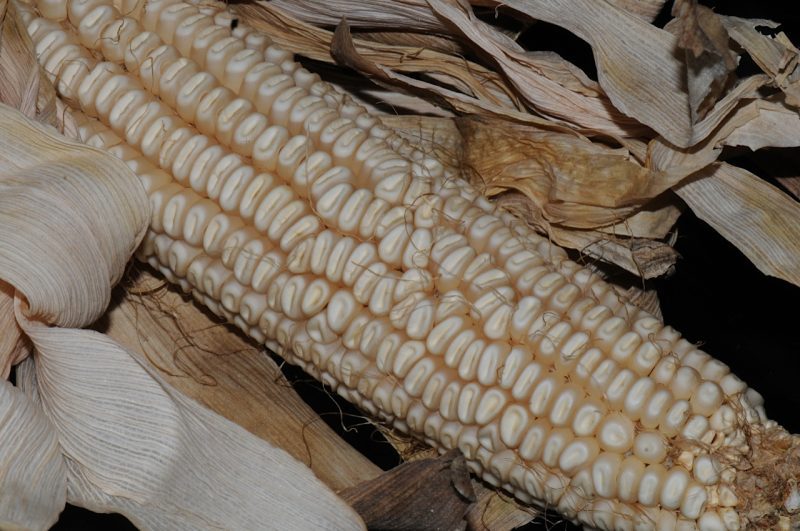
Corn is a large part of the Cherokee diet. It is dried, as shown in the photos, to be used in several preparations.
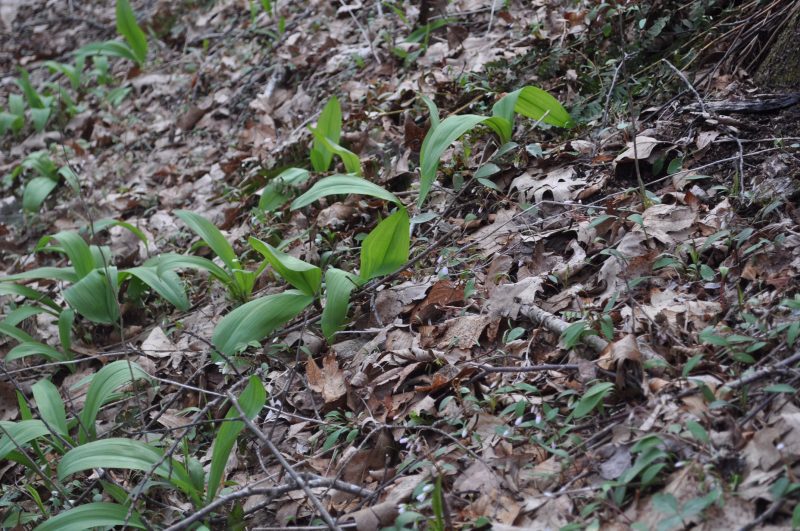
Wild onions that traditionally were harvested from the wild by taking on a partial clipping of the plant, leaving the root to regenerate and grow another onion.
Hear more:
Dr. Jessica B. Harris interview
Rollen Chambers – Carolina Gold Rice
Dr. Campbell – Ireland
To purchase Carolina Gold Rice – Anson Mills
The post Destination: Food Maps – Where did our foods originate appeared first on Travel With Annita.






 Visit Podcast Website
Visit Podcast Website RSS Podcast Feed
RSS Podcast Feed Subscribe
Subscribe
 Add to MyCast
Add to MyCast